The Autonomous Future of Mobility
Teaching Gallery
In media and popular culture, cars feature as the ultimate symbol of luxury and freedom. While automobiles increase mobility by decreasing time and distance, acceleration has led to a set of catastrophes, including vehicle crash fatalities, environmental and atmospheric damage, military conflicts, insufficient infrastructure, and economic injustice and segregation in cities via the expansion of highways and use of eminent domain. With this problematic history in tow, the nature of automobiles is changing. In the last two decades, self-driving cars have advanced from research to reality and offer tremendous promise, from reducing emissions and congestion through ridesharing to decreasing the number of driving accidents and deaths. Nevertheless, we will only realize this potential if future development accounts for past failures and such possible pitfalls as mass surveillance and attacks on artificial intelligence.
The Autonomous Future of Mobility examines the car’s legacy over the past century, predominantly in the United States, as depicted in art and visual culture. The works included in this exhibition are organized around six themes that address vehicular culture, signs, space, energy, speed, and autonomy, offering a view toward today’s emerging technological developments and exposing our vulnerability in the face of the horsepower and political power that drive mass movement.
The Autonomous Future of Mobility, the fall 2020 Teaching Gallery exhibition at the Mildred Lane Kemper Art Museum, is curated by Constance Vale, assistant professor of architecture in the Sam Fox School of Design & Visual Arts, in conjunction with her fall 2020 undergraduate studio class of the same name.
Selected works
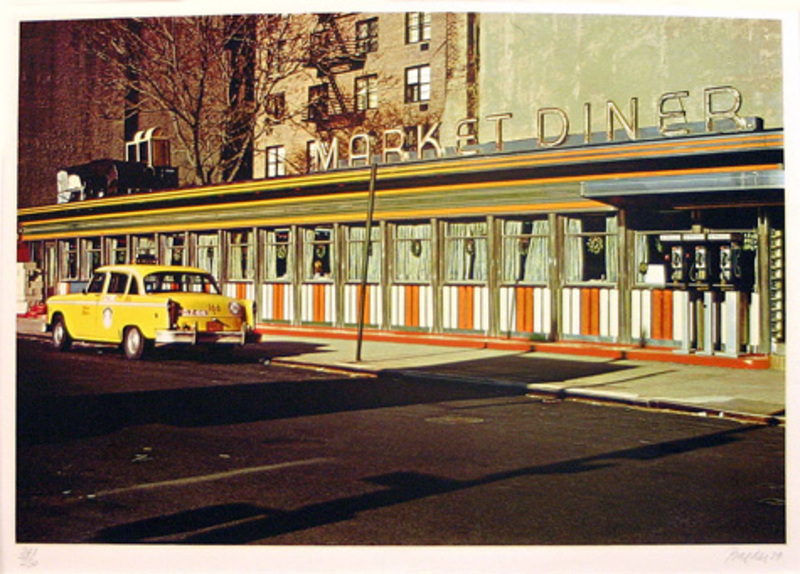
John Baeder
Market Diner, from the portfolio City-Scapes
1979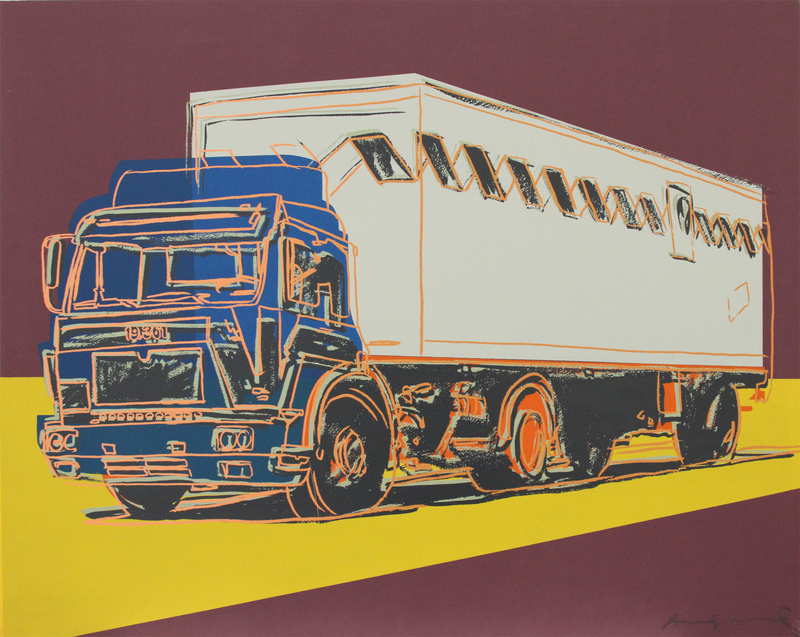
Andy Warhol
Truck
1985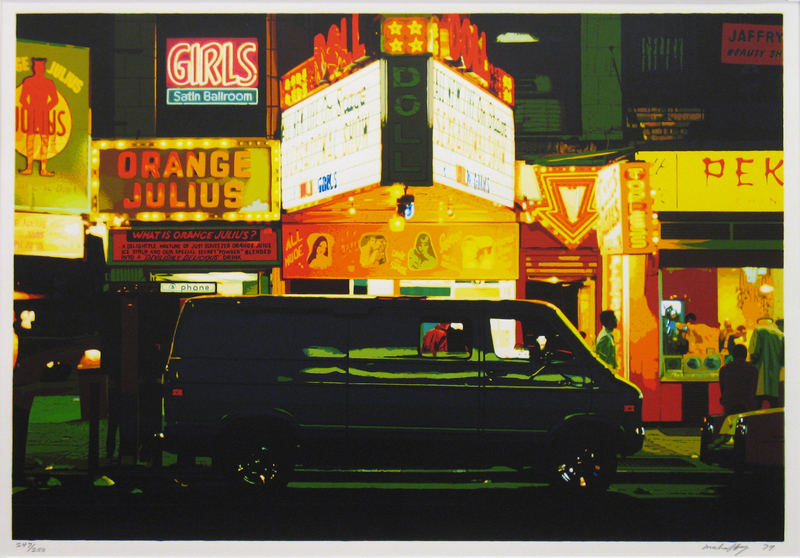
Noel Mahaffey
Night-Times Square, from the portfolio City-Scapes
1979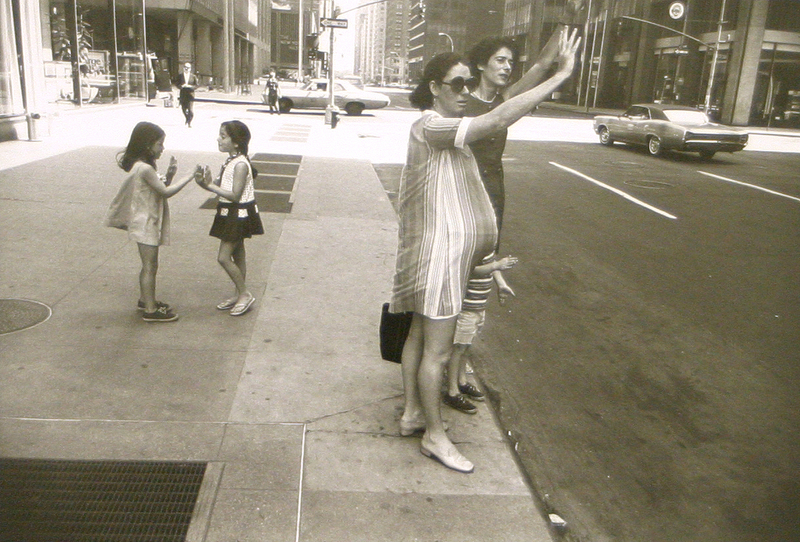
Garry Winogrand
New York City, New York, from the portfolio Women are Better than Men. Not Only have they Survived, they do Prevail.
1969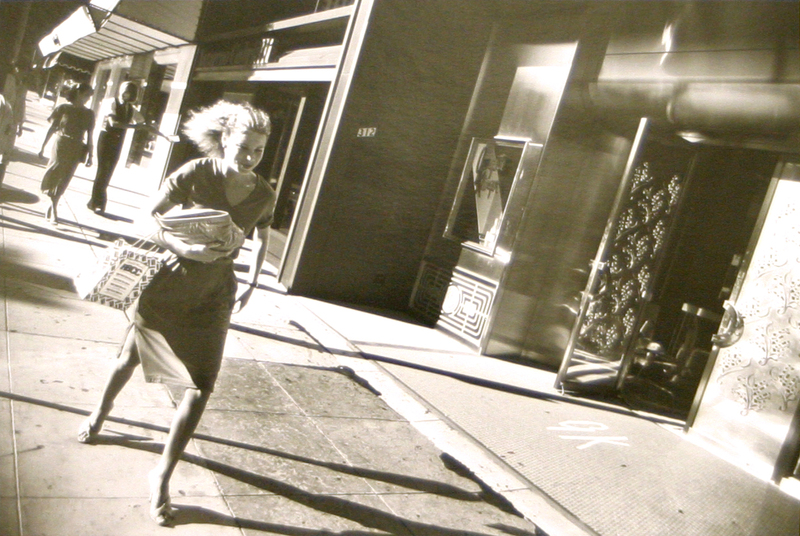
Garry Winogrand
Beverly Hills, California, from the portfolio Women are Better than Men. Not Only have they Survived, they do Prevail.
1978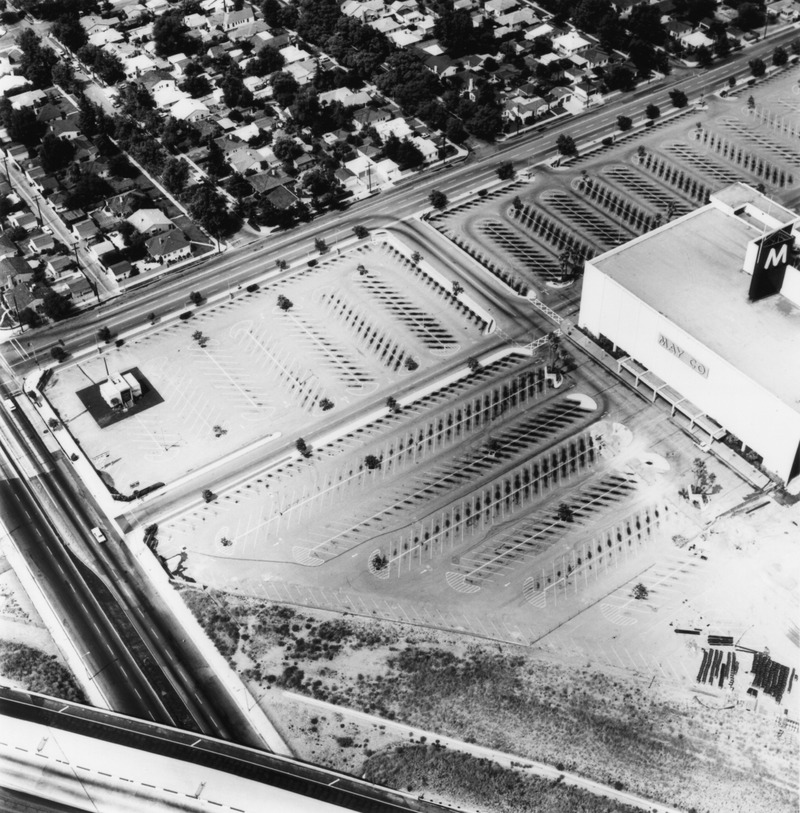
Edward Ruscha
Parking Lots (May Company, 6150 Laurel Canyon, North Hollywood) #7
1967/1999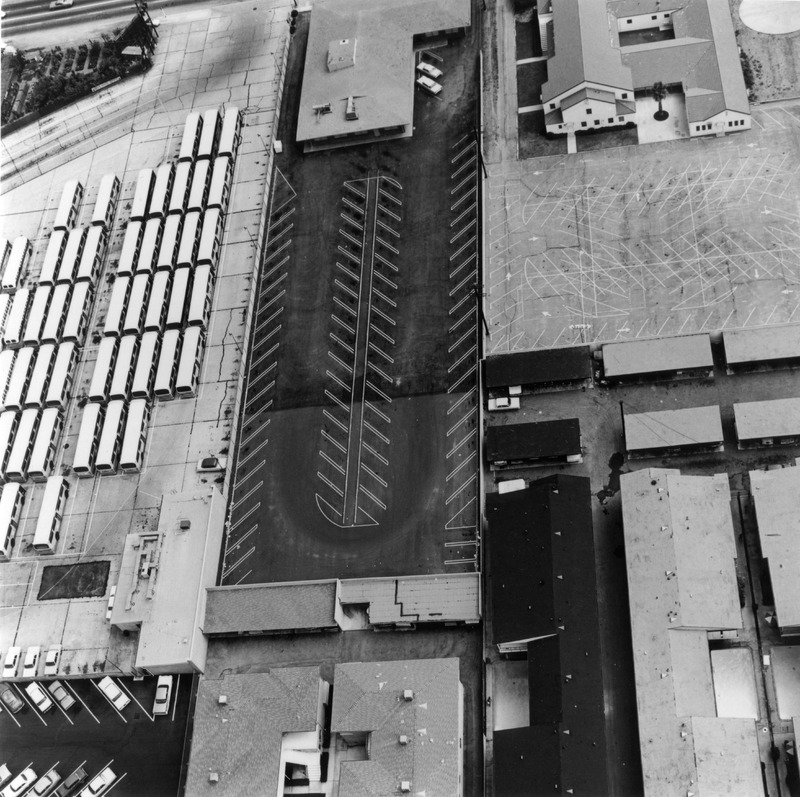
Edward Ruscha
Parking Lots (State Board of Equalization, 14601 Sherman Way, Van Nuys) #19
1967/1999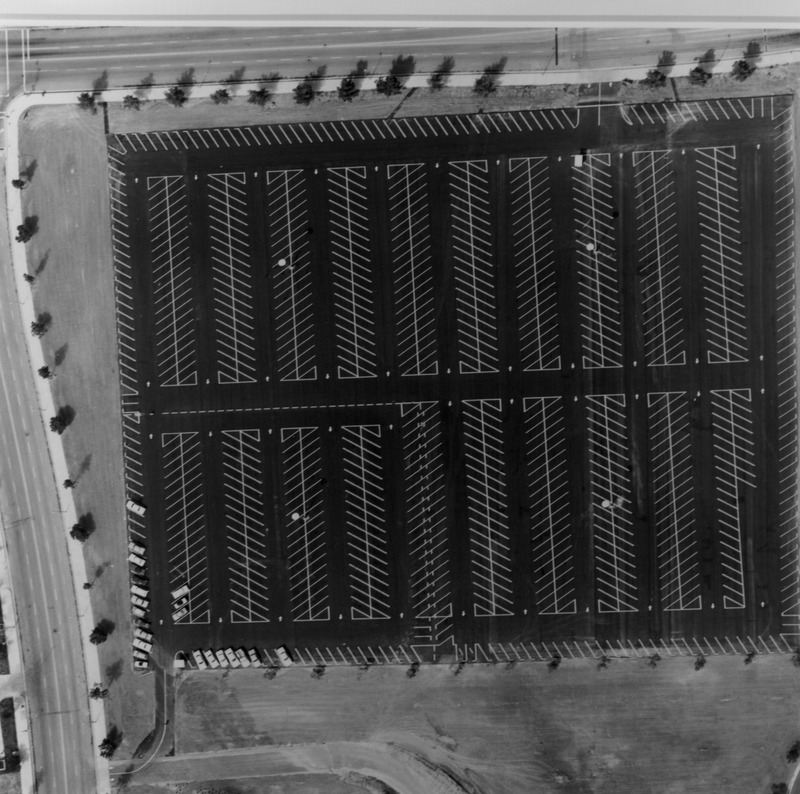
Edward Ruscha
Parking Lots (Century City, 1800 Avenue of the Stars) #23
1967/1999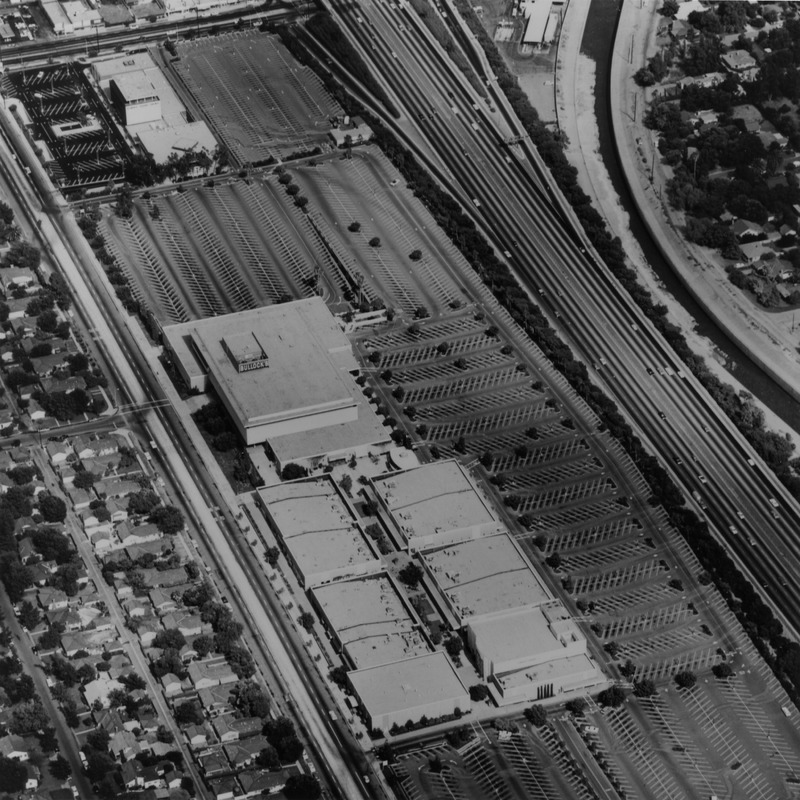
Edward Ruscha
Parking Lots (Fashion Square, Sherman Oaks) #24
1967/1999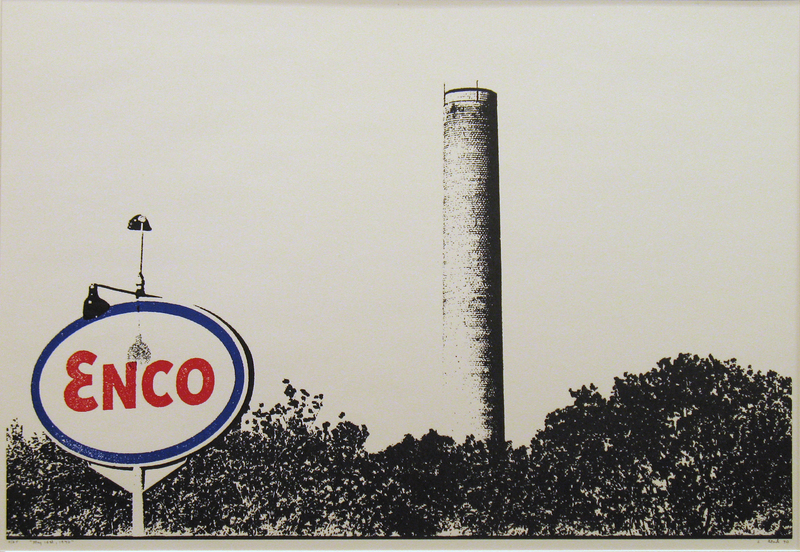
Larry Stark
May 16th, 1970
1970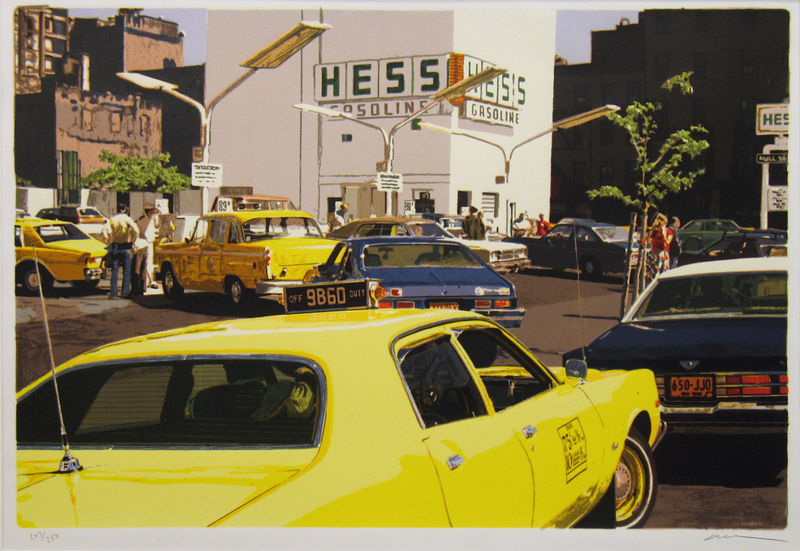
Ron Kleeman
Gas Line, from the portfolio City-Scapes
1979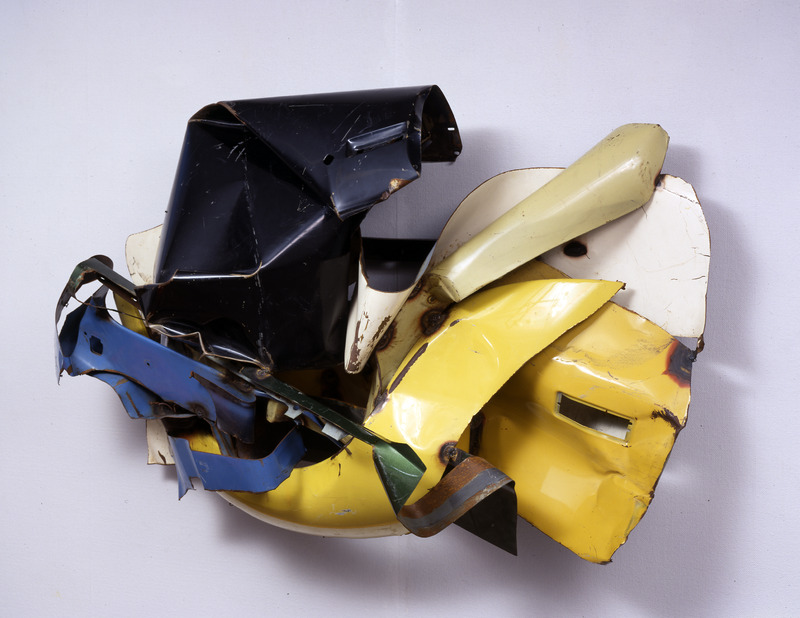
John Chamberlain
Hanging Herm
1974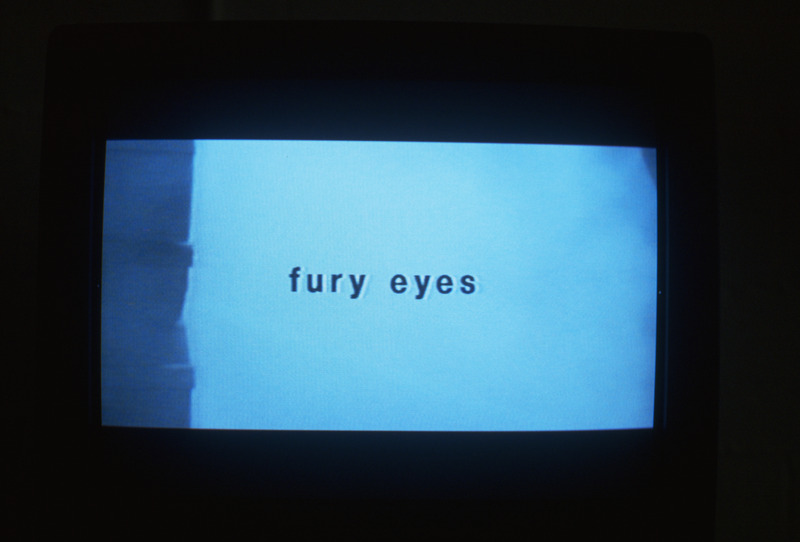
Doug Aitken
fury eyes
1994
Arnold Odermatt
Hergiswil
1968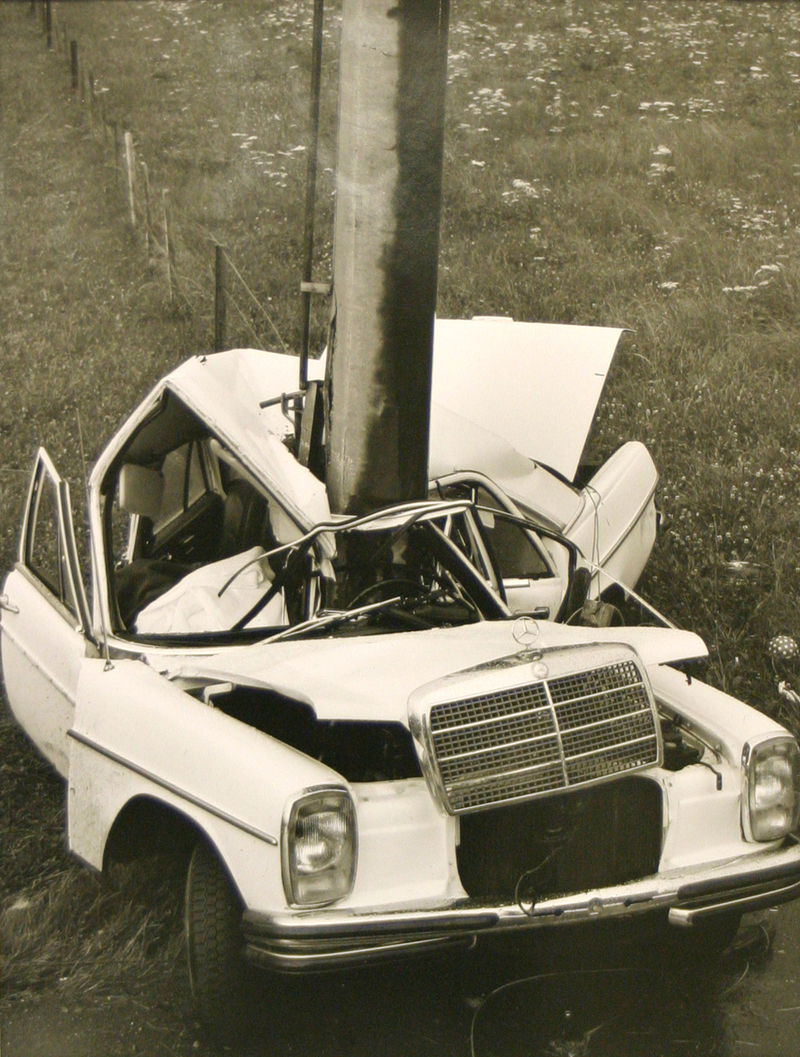
Arnold Odermatt
Dallenwil
1977
Robert Breer
Float
1972
Trevor Paglen
Untitled (Reaper Drone)
2010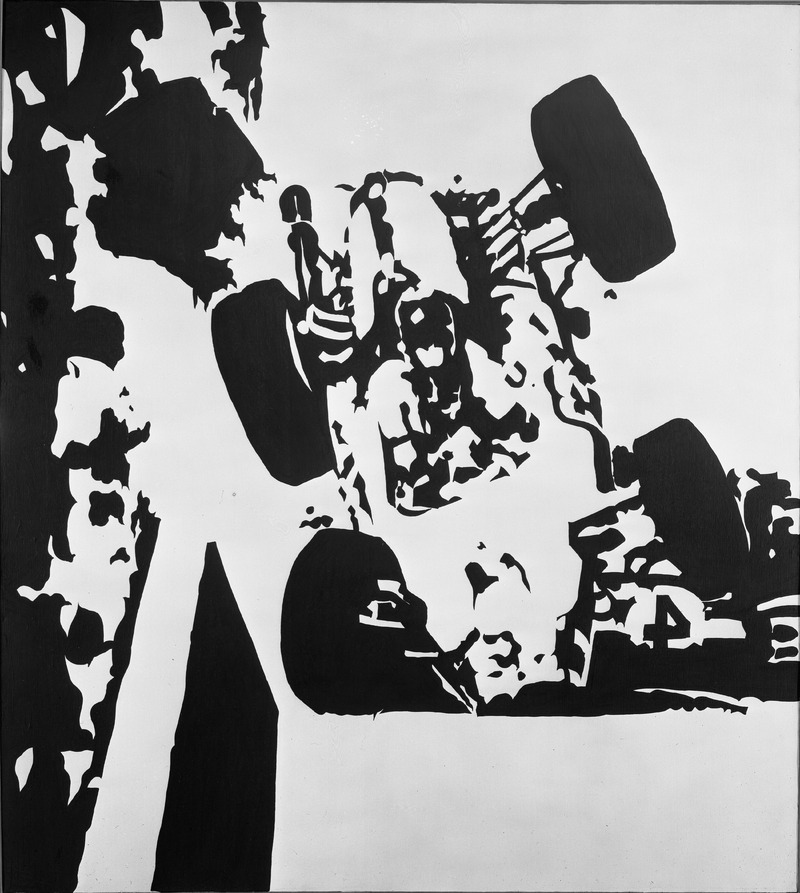
Robert Stanley
Crash, 1966 (Indianapolis 500)
1966Online Exhibition
Teaching Gallery
The Teaching Gallery is a space in the Kemper Art Museum dedicated to presenting works from the Museum's collection with direct connections to Washington University courses. Teaching Gallery installations are intended to serve as parallel classrooms and can be used to supplement courses through object-based inquiry, research, and learning. Learn more